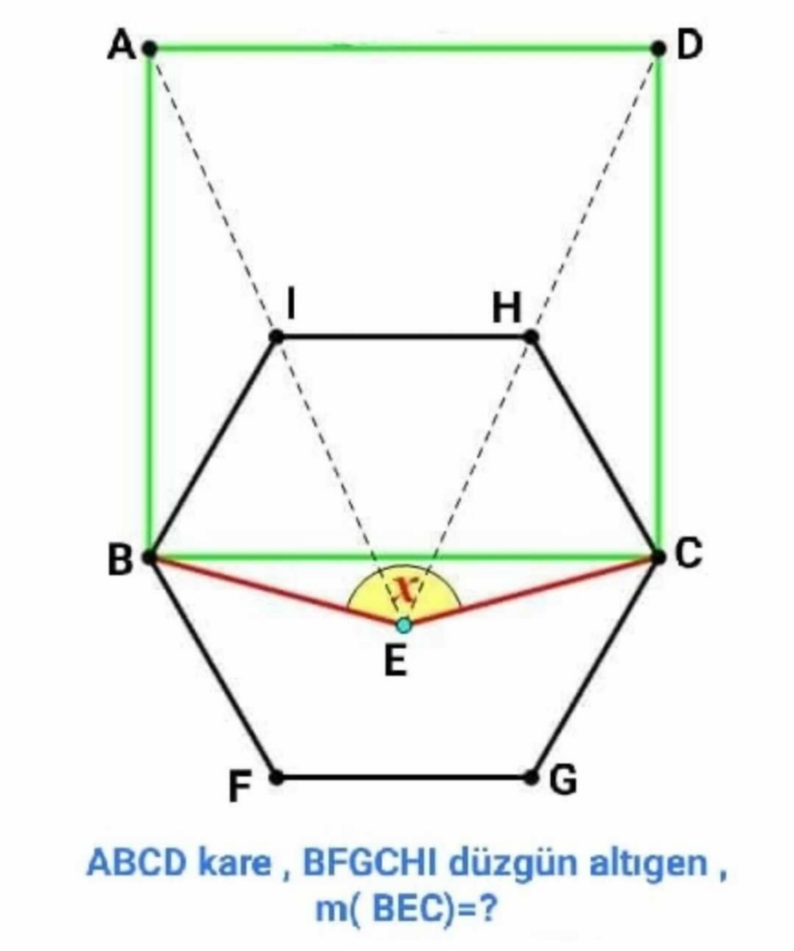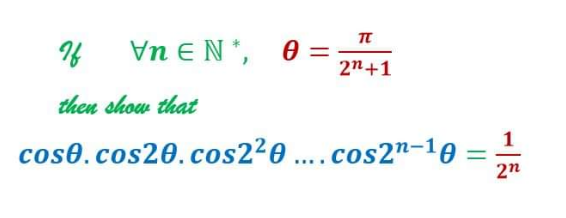
AllQuestion and Answers: Page 566
Question Number 162734 Answers: 1 Comments: 0
Question Number 163110 Answers: 1 Comments: 0

Question Number 162728 Answers: 2 Comments: 2

Question Number 162726 Answers: 1 Comments: 0
Question Number 162718 Answers: 0 Comments: 0
Question Number 162702 Answers: 0 Comments: 0
Question Number 162701 Answers: 1 Comments: 0

Question Number 164806 Answers: 1 Comments: 7

Question Number 162721 Answers: 3 Comments: 0
Question Number 163178 Answers: 1 Comments: 0

Question Number 162715 Answers: 2 Comments: 0
Question Number 162675 Answers: 1 Comments: 0
$${y}\:=\:\sqrt{{x}} \\ $$$${Find}\:\:\:\frac{{dy}}{{dx}}\:\:{by}\:{first}\:{principle}. \\ $$
Question Number 162674 Answers: 2 Comments: 0

Question Number 162673 Answers: 1 Comments: 0

Question Number 162672 Answers: 2 Comments: 0
Question Number 162651 Answers: 1 Comments: 0

Question Number 162649 Answers: 3 Comments: 0
Question Number 162643 Answers: 3 Comments: 0
Question Number 162622 Answers: 3 Comments: 0
Question Number 162618 Answers: 2 Comments: 0
Question Number 162604 Answers: 1 Comments: 0
Question Number 162598 Answers: 1 Comments: 0

Question Number 162589 Answers: 1 Comments: 0

Question Number 162585 Answers: 1 Comments: 0
Question Number 162584 Answers: 1 Comments: 0
$${prove}\:{that} \\ $$$${ppcm}\left({a},{b}\right)×{pgcd}\left({a},{b}\right)=\mid{ab}\mid \\ $$
Question Number 162575 Answers: 2 Comments: 0
$$\int_{\mathrm{0}} ^{\pi} \frac{{x}^{\mathrm{2}} }{\mathrm{1}+\mathrm{sin}{x}}{dx} \\ $$
Pg 561 Pg 562 Pg 563 Pg 564 Pg 565 Pg 566 Pg 567 Pg 568 Pg 569 Pg 570
